
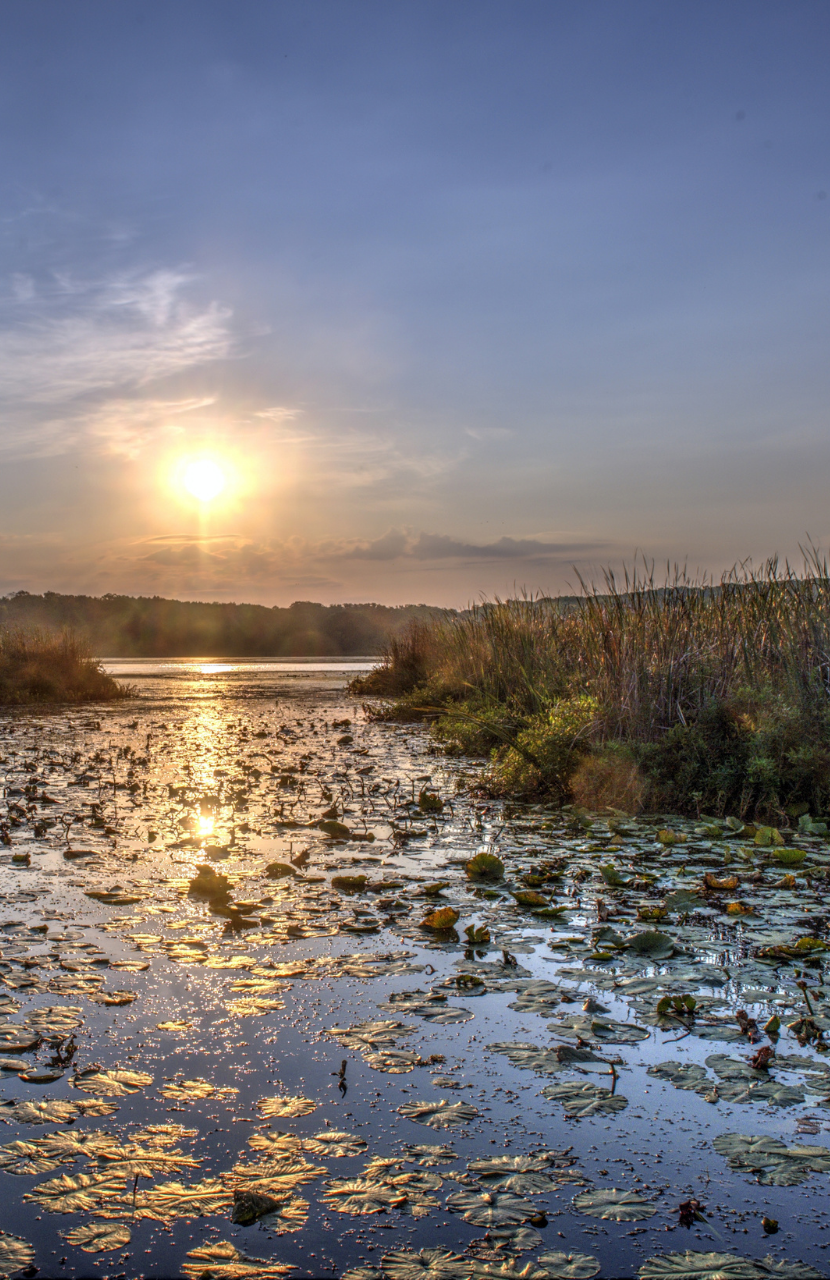
Guided Prayers & Meditations
Spiritual Practices for Your Retreat
Mindfulness and prayer practices can be a grounding and integral part of time spent on retreat. As you plan your upcoming group or personal retreat, we encourage you to incorporate guided prayers or meditations into your agenda. We have gathered some of our favorite contemplative practices to share with you here.

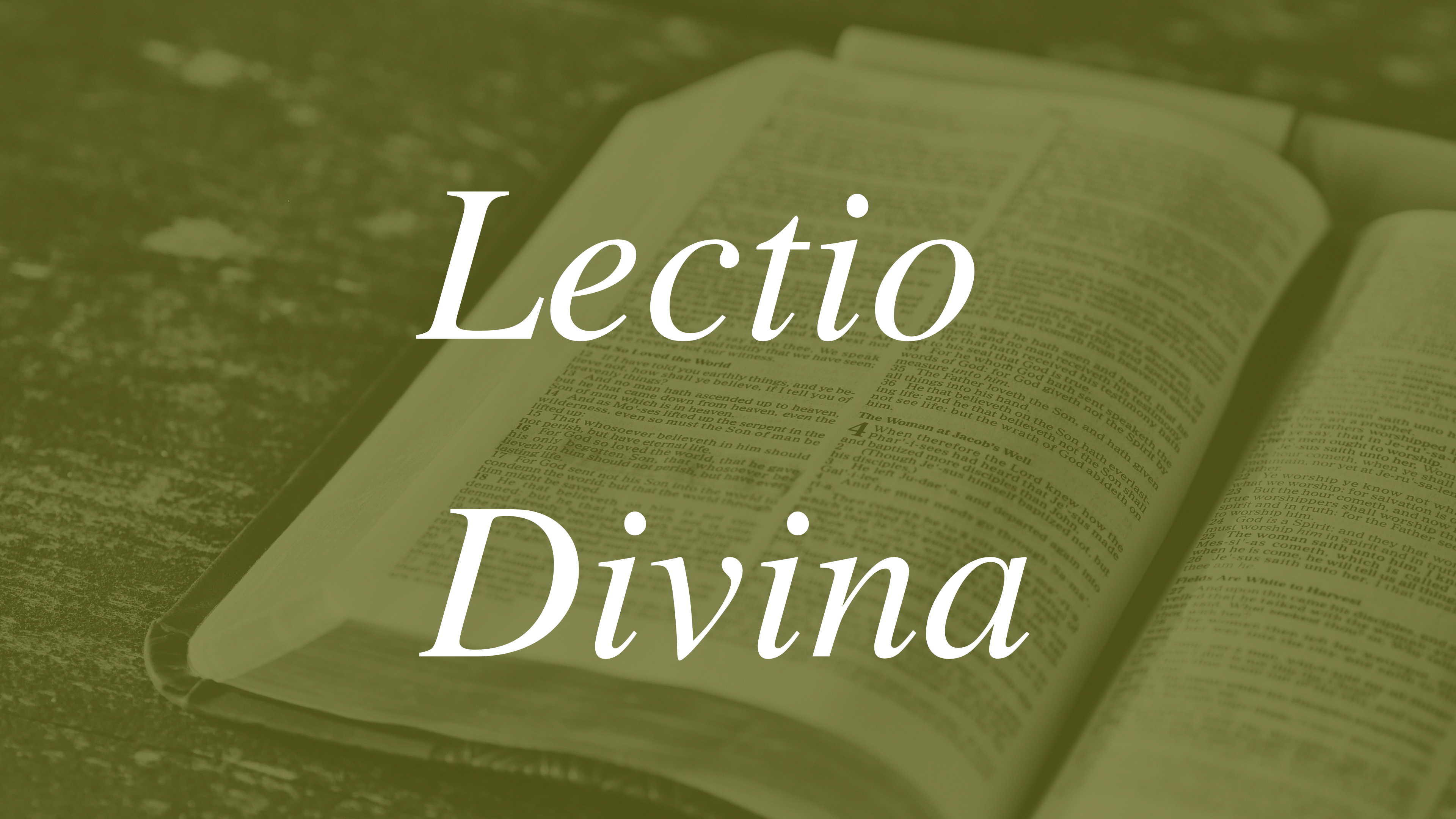
Click here to download and print Lectio Divina
Lectio Divina (translated as divine or sacred reading) is a spiritual practice that weaves together reading, prayer, and meditation. It trains us to savor the words, images, and ideas embedded in short passages of scripture and thereby to hear God anew. It slows us down and renews us spiritually. Lectio divina also fosters openness and receptivity in our relationships with God and all living things, including ourselves.
In preparation, choose a comfortable and quiet place to read and pray—a place that you can return to for this and other meditative practices. You may want to light a candle or place a particular memento nearby in order to ritualize this space and time. In some ways, this will train your mind to calm itself when you return to this space again.
To begin, choose a short passage of scripture, preferably a few verses and invite God to speak to you. Take time to move through these phases:
Lectio (read): read the passage aloud in a slow, meditative manner. Do not rush. Savor each word. Take time to notice any words, phrases, ideas, or images that stand out to you. These might emerge directly or indirectly from the text.
Meditatio (meditate): read through the passage a second time, again without any rushing. Notice what images, phrases, words, or ideas pose themselves to you. Silently mediate on whatever has come to mind. If your mind wanders elsewhere, gently bring yourself back to the present moment.
Oratio (pray): bring those particular words, phrases, images, or ideas in God to prayer. Speak honestly and authentically to God.
Contemplatio (contemplate): take what you have received from this practice into the rest of your day. Return to the word, phrase, idea, or image that you have received. Continue to meditate and pray about it. Open yourself to any sort of action that you might be promoted to take in response.
If you are looking for some scripture passages, we recommend:
Matthew 11:28-30
Mark 4:35-41
Psalm 23
Psalm 139:1-6
Psalm 139:7-12
Psalm 139: 13-18
** Note that we recommend 6 verses or fewer for most lectio divina
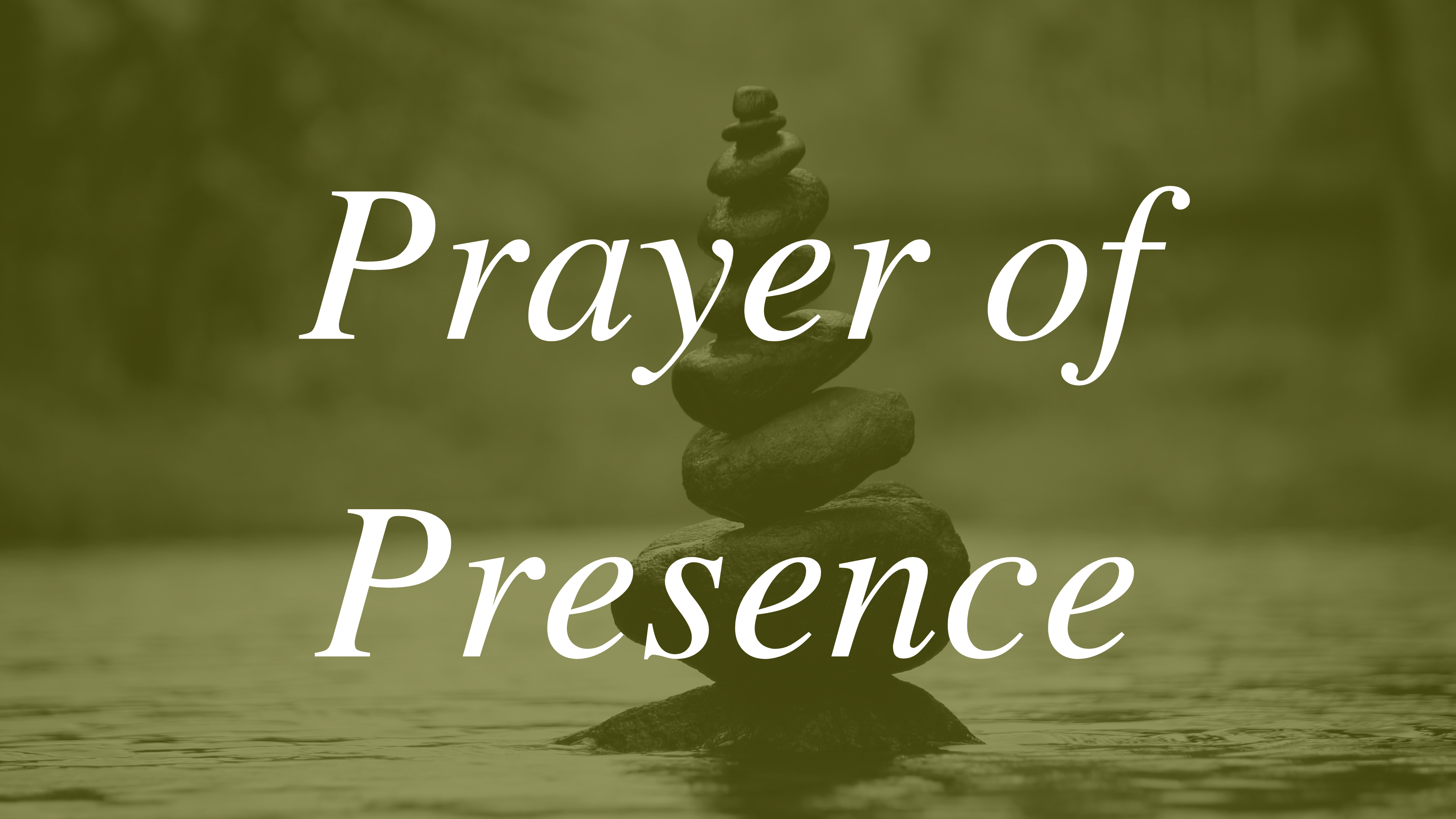
Click here to download and print the Prayer of Presence
In her book, Soul Feast, Marjorie Thompson describes the following process as the prayer of presence. We encourage you to make this one of your spiritual practices. Try praying this way daily for one week, two weeks, and even a month as a means of abiding in God.
Take ten minutes and pray along with this audio guide we have created.
Find a posture that allows you to be relaxed and alert. It helps to have your neck and spine aligned. Close your eyes and breathe deeply several times. Consciously release any muscle tension you become aware of. Breathe in peace, breathe out tension.
Relax your mind. If particular thoughts keep returning, gather them up and give them to God to hold for you during this time. You can take them back later if you want.
Turn your attention to God’s presence. Let yourself be fully aware of the mystery of divine love that continually surrounds and upholds us. God is breathing life into you at each moment; take in the gift.
Let God’s presence fill your consciousness, and simply rest in this presence—just as you might with someone you love dearly and feel no need to speak to, just to be with. Let yourself be like a child cradled in the lap of a wonderful caregiver; or perhaps gently supported in an ocean of light; or enfolded in a peaceful warmth. Let yourself be held in God’s tender embrace; rest and soak up the love that holds you.
Close your prayer by thanking God for any gifts received in this time. You can choose to return to this communion of presence whenever you want.
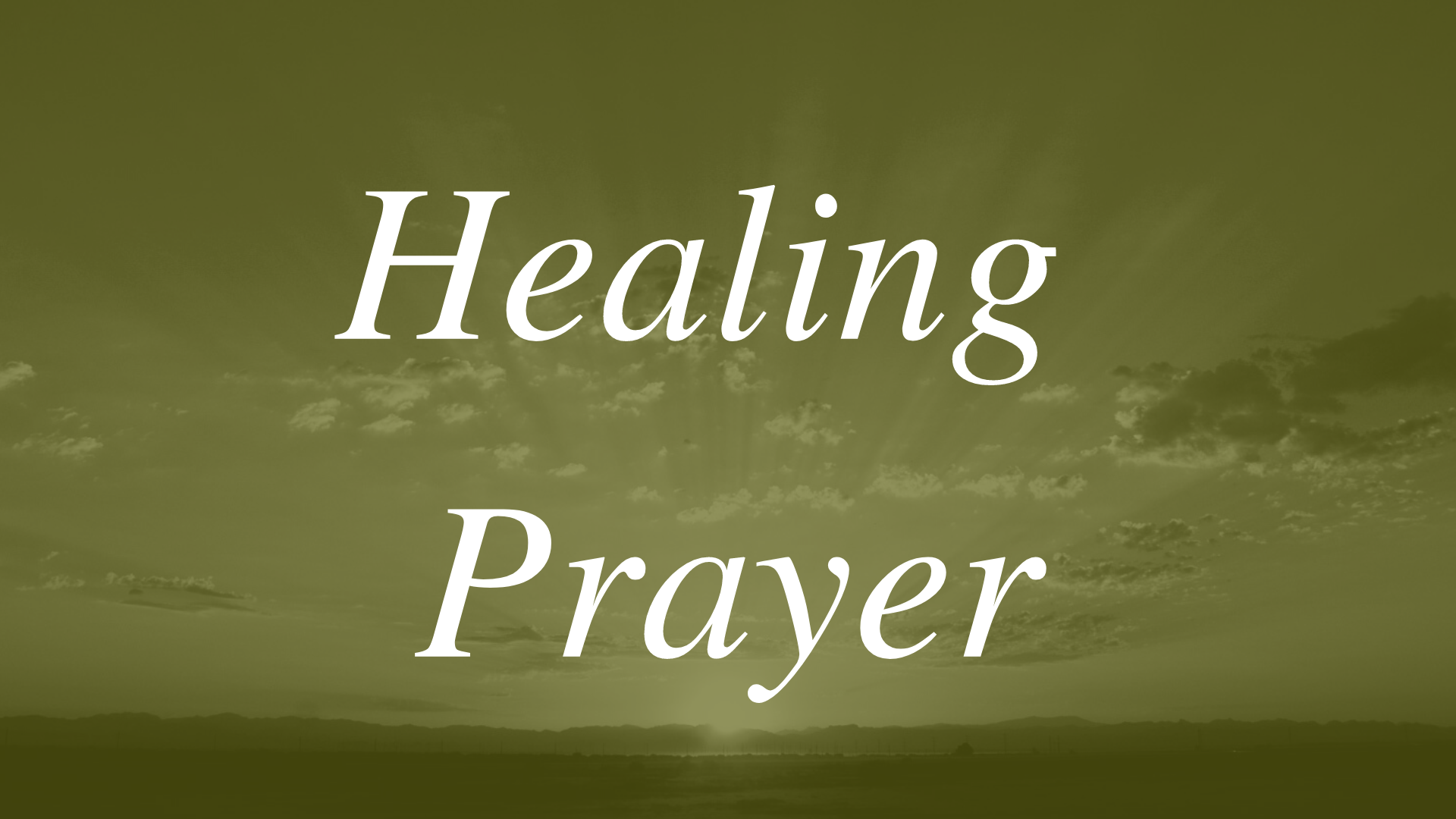
Click here to download and print the Healing Prayer
Prayer and visualization for those who need healing.
This prayer comes from Soul Feast by Marjorie Thompson. It combines relaxation, breathing, visualization, and meditation on God’s love and healing presence. Listen to this guided prayer or read below.
- Find a comfortable place to sit or kneel. Take time to relax and breathe gently. Place your attention on God’s presence, imagining it as brightness and warmth.
- Remember that when we are in God’s presence, we are not alone. We are there with all God’s children held in the divine embrace. Choose one of those children who has a need for healing of body, mind, or heart.
- Hold this person in God’s light. Visualize God’s love washing over this person, dissolving pain, cleansing wounds, and curing sickness. Use any images that seem appropriate and fitting.
- See the person in a state of wholeness in God’s light and love, restored, and beautiful as seen through the eyes of divine love.
- Ask God that this beauty be realized according to God’s design for this person. Thank God for whatever gift of healing is given. Release the person into God’s loving care until you pray again.

Click here to download and print the Prayers for the Earth
Wisdom to Care for the Earth
Lord, grant us the wisdom to care for the earth and till it.
Help us to act now for the good of future generations and all your creatures.
Help us to become instruments of a new creation,
Founded on the covenant of your love.
– The Cry of the Earth
Buddhist Prayer
We reverently pray for eternal harmony in the universe. May the weather be seasonable, may the harvest be fruitful, may countries exist in harmony, and may all people enjoy happiness.
– Buddhist Prayer
An Ute Prayer
Treat the earth well.
It was not given to you by your parents, it was loaned to you by your children.
We do not inherit the Earth from our Ancestors, we borrow it from our Children.
A Prayer for our Earth
By Pope Francis
All-powerful God, you are present in the whole universe and in the smallest of your creatures.
You embrace with your tenderness all that exists.
Pour out upon us the power of your love, that we may protect life and beauty.
Fill us with peace, that we may live as brothers and sisters, harming no one.
O God of the poor, help us to rescue the abandoned and forgotten of this earth, so precious in your eyes.
Bring healing to our lives, that we may protect the world and not prey on it, that we may sow beauty, not pollution and destruction.
Touch the hearts of those who look only for gain at the expense of the poor and the earth.
Teach us to discover the worth of each thing, to be filled with awe and contemplation, to recognize that we are profoundly united with every creature as we journey towards your infinite light.
We thank you for being with us each day.
Encourage us, we pray, in our struggle for justice, love and peace.
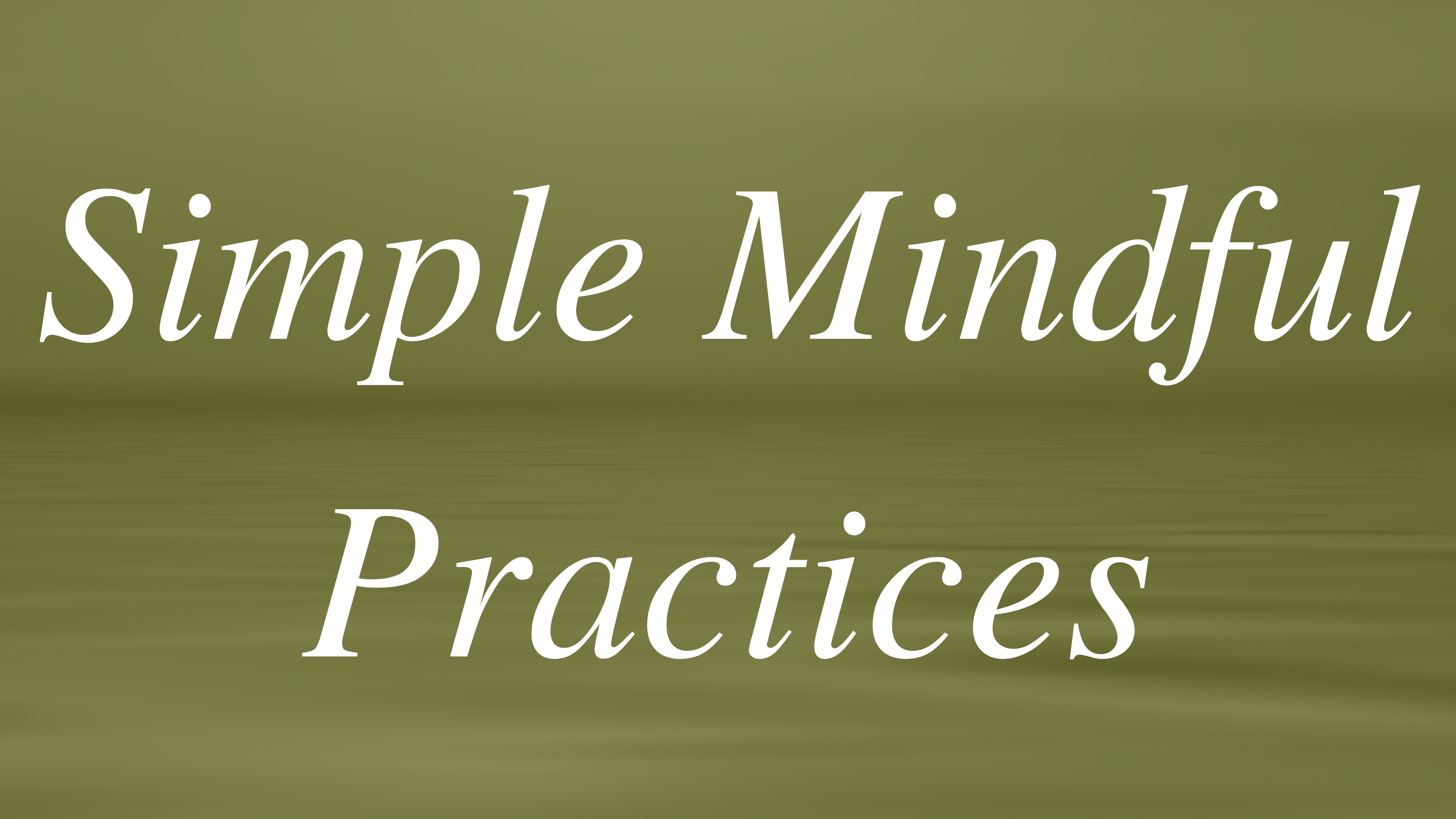
Click here to download and print Simple Mindful Practices
Mindful Breathing
Choose a comfortable, quiet place to sit. Put your feet flat on the floor, and place your hands comfortably on your legs.
Breathe in and out, paying attention to your body. Notice the sensations in your nose, chest, abdomen, and back with each full breath.
When your mind drifts off, gently place your attention back on your breath. Notice your thoughts rather than trying to change them.
Mindful Pausing
In mindful pausing, we step outside our frantic rushing and mindless march through our long to-do list. For a few moments, we cease racing from one thing to another. We set down our devices. We place our attention on our experience in the present moment. We notice what we are seeing, hearing, tasting, smelling, feeling. Pauses like this not only calm us down but also attune us to goodness, love, and hope, all of which we need when inundated with devastating news. To begin this practice, choose a few times daily that you intend to purposely pause, e.g., in between work phone calls, before and after homeschooling your kids, as you drink your morning coffee. Over time, increase the number and duration of your pauses.
Mindful Stopping
S: Stop. Take a momentary break from whatever you are doing.
T: Take a breath. Breathe in and breathe out. Pay attention to your breath and the sensations in your body as you breathe intentionally and slowly.
O: Observe. Notice what is happening inside of you and outside of you. What are you thinking? What is your mind doing? What are you feeling? What do you see and hear and smell and taste? What is happening around you?
P: Proceed. Return to what you were doing, or make a change and so something different based on what you notice during this STOP.

Click here to download and print Walking Meditation
Walking Meditation enables us to connect with ourselves and our natural environment simultaneously. We place our attention inside and outside, on the gift of our bodies and on the beauty of the earth as we move intentionally from one point to another. This meditation helps us to take joy in simple pleasures and trains us to be present to our own life journeys.
Here are some written directions for walking meditation. Or click here to listen to audio guidance from one of the leading international mindfulness teachers, Tara Brach.
- Choose a place to walk with a clear beginning and ending point.
- Start walking.
- Gaze ahead and notice the geography of the landscape around you.
- Pay attention to what you see, hear, and smell.
- Notice what you feel in your body as you walk.
- If your mind wanders, simply bring your attention back to your body and your surroundings. Be gentle with yourself.
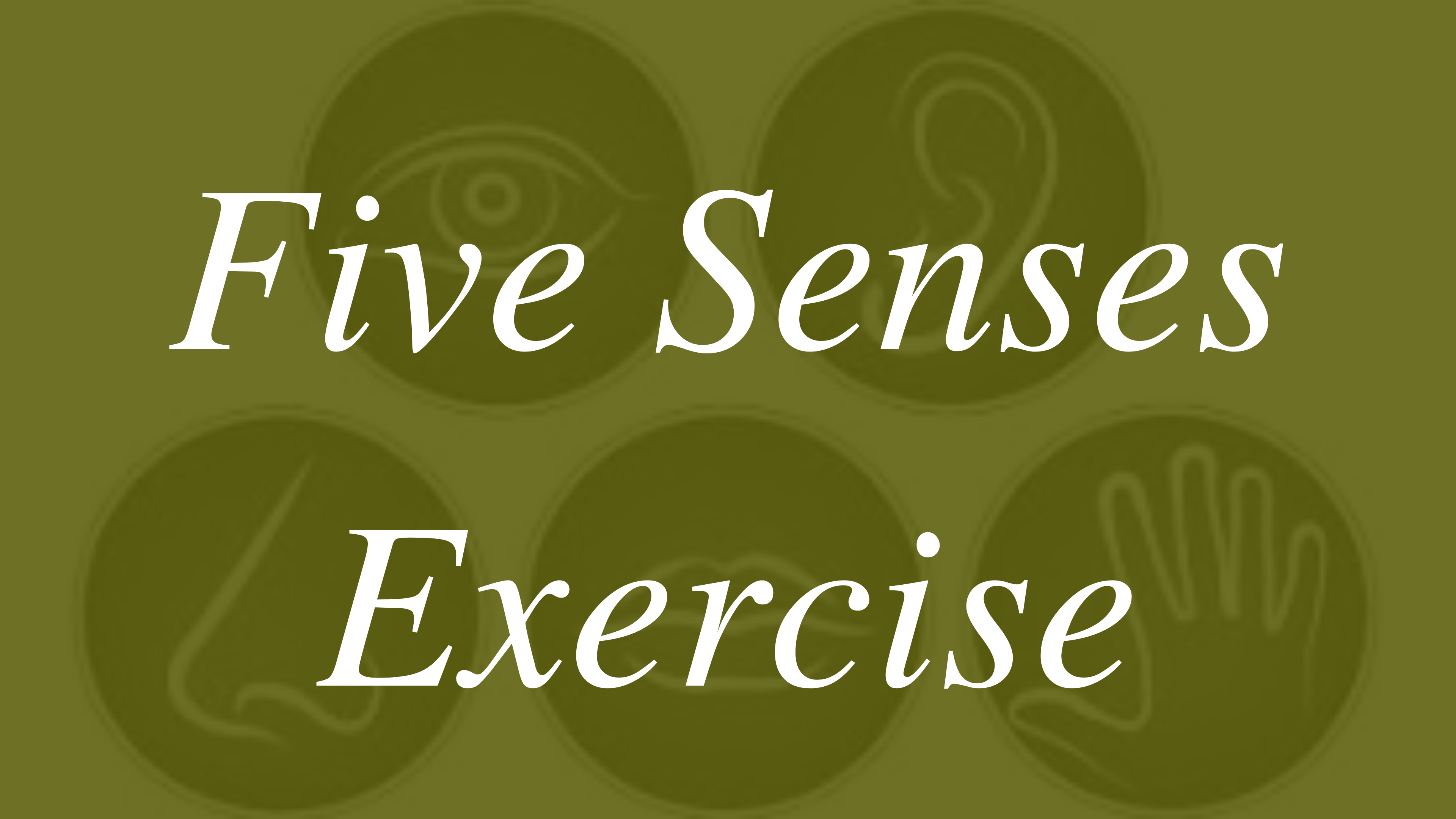
Click here to download and print the Five Senses Exercise
There are multiple mindfulness exercises that help ground us in the present, bring clarity to our experience, and calm our nervous systems simply by intentionally using the full range of our sense. The version below has been by crafted by author and organizational psychologist Courtney Ackerman. The link below includes a helpful accompanying worksheet.
Follow this order to practice the Five Senses Exercise:
Notice five things that you can see.
Look around you and bring your attention to five things that you can see. Pick something that you don’t normally notice, like a shadow or a small crack in the concrete.
Notice four things that you can feel.
Bring awareness to four things that you are currently feeling, like the texture of your pants, the feeling of the breeze on your skin, or the smooth surface of a table you are resting your hands on.
Notice three things you can hear.
Take a moment to listen, and note three things that you hear in the background. This can be the chirp of a bird, the hum of the refrigerator, or the faint sounds of traffic from a nearby road.
Notice two things you can smell.
Bring your awareness to smells that you usually filter out, whether they’re pleasant or unpleasant. Perhaps the breeze is carrying a whiff of pine trees if you’re outside, or the smell of a fast-food restaurant across the street.
Notice one thing you can taste.
Focus on one thing that you can taste right now, at this moment. You can take a sip of a drink, chew a piece of gum, eat something, notice the current taste in your mouth, or even open your mouth to search the air for a taste.
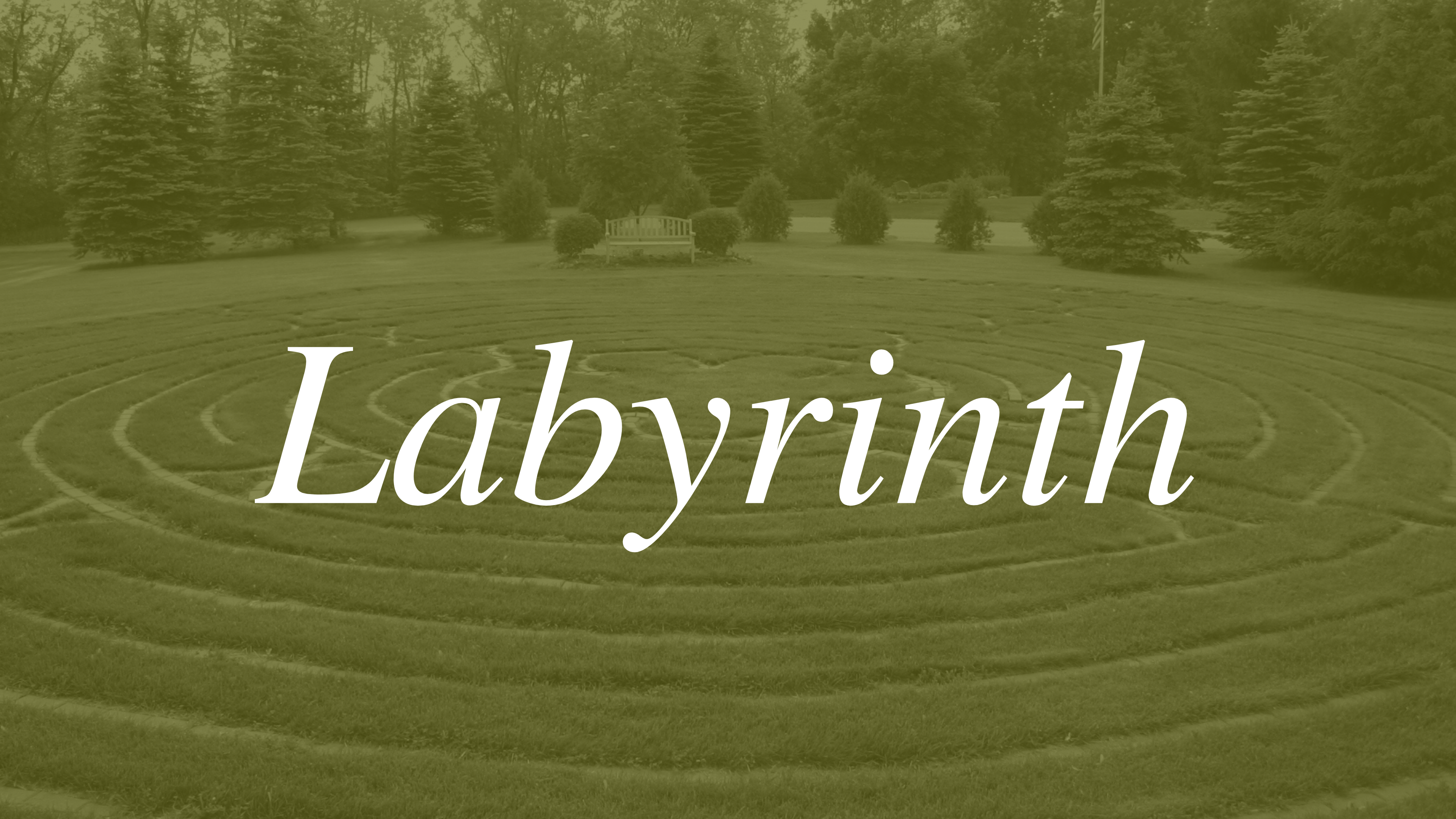
Click here to download and print the Labyrinth Guide
Mount Olivet Conference & Retreat Center has an outdoor 11-circuit prayer labyrinth fashioned in Chartres-style design and set within a meditation garden. The prayer labyrinth features a path that winds through the circular symbol, leading to the center. The path has no dead ends or false starts, but leads simply and quietly, eventually to the center and then back again.
Prayer labyrinths offer an opportunity to be quietly focused while journeying into a place of peace.
Prayerful Ways of Approaching the Labyrinth
- With openness – asking God, “What do you want to show me or have me know?”
- With intercessory prayer offered for someone, or a situation, or a need.
- With thanksgiving.
- With reflection about your life or a significant concern.
- With a quiet mind, releasing and letting go of daily concerns and details of your life, as an act of shedding emotions.
History of the Prayer Labyrinth
The prayer labyrinth is an ancient circular pattern containing a meandering pathway that leads eventually to the center of the circle. The labyrinth’s Christian history dates as far back as the fourth century, at which time a labyrinth was imbedded into the floor of a basilica in Algeria. Early labyrinths contained four circuits on which devout people would slowly meander while praying and seeking repentance and forgiveness.
In the Middle Ages, it was common for Christians to make a pilgrimage to the city of Jerusalem, which they considered the center of their world. Around the 12th century, when it became too dangerous for Christians to travel to Jerusalem, several cathedrals containing 11-circuit labyrinths served as a substitute for an actual pilgrimage to Jerusalem. The labyrinths in these pilgrimage cathedrals came to be called the “Chemin de Jerusalem” or Road of Jerusalem. The beautiful labyrinth in the cathedral in Chartres, France has been preserved from these days of pilgrimage.
There are as many ways of “walking” a labyrinth as there are people that “walk” it. Know that there is no right or wrong way. However you choose to interact with God is the right way for you and will be different each time you journey to the center and back.